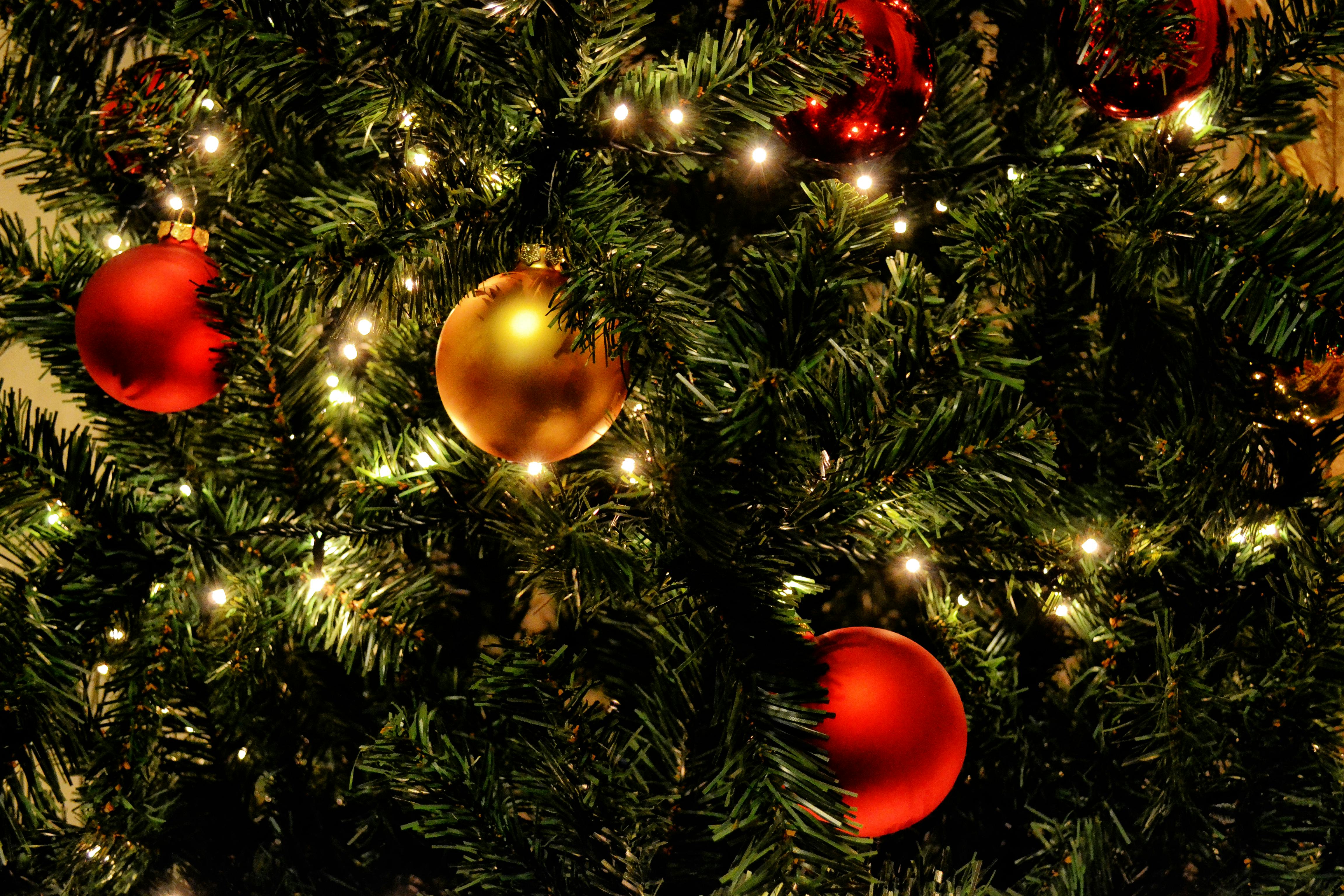Why buy your Christmas tree when you can grow your own and enjoy these handsome, statuesque trees all year round? Alan Titchmarsh offers his tips.
We owe a lot to Prince Albert when it comes to technology, but we must also thank him for introducing the German custom of bringing an evergreen spruce into British homes at Christmas – a tradition that had been popular in his homeland since the 16th century and which has its roots in pagan rather than Christian tradition.
That probably explains why the Americans were slow to follow suit until much later in the 19th century, although, in Pennsylvania, German settlers were bringing home the tree in the mid 1700s.
Although some folk prefer artificial trees (no irritating needle drop there; no need to get the Hoover out on a daily basis), many of us would be unwilling to forego the annual trip to the Forestry Commission or the garden centre to choose the one that will perfectly fit the spot in our home.
Needle drop is a trait that’s particularly prevalent in the original Christmas tree, the Norway spruce (Picea abies) of Trafalgar Square fame, which has now largely been superseded by the Nordmann fir (Abies nordmanniana), the needles of which fall less readily, generally just curling up and clinging to the branches as the festive period lengthens.
Bringing the tree indoors as near to Christmas as possible will help with needle retention, as will a cool room, yet, at Christmas, everywhere tends to be anything but cool. What doesn’t help is that you’ll have no idea how far in advance the tree has been cut. Only when you grow your own can you be in full control.

There is something hugely satisfying about growing your own Christmas tree – or having a small plantation of them. Fresh seeds are best soaked, then chilled in a freezer before being sown outdoors in a gritty seedbed. After a couple of years, the youngsters can be transplanted to where they’re to grow and, 10 years after that, you’ll be able to toddle out with saw in hand and cut your own.
There is a middle way, for those who can’t be bothered with seeds. Young plants (or young, potted Christmas trees, relieved of their baubles and tinsel can be planted in well-drained soil and good light and allowed to grow on until they’re of the required size. Pot-grown trees, bought at about 2ft high, will last without dropping a single needle, provided you keep the compost in the pot moist throughout the tree’s indoor sojourn (a watertight outer container is vital to protect the carpet and the furniture).
For the past 10 years, I’ve planted out pot-grown Nordmann fir trees on Twelfth Night and I now have a grove of handsome, conical trees that vary from waist height to 15ft. The only trouble is that I just can’t bring myself to cut them down!

Picea pungens ‘Globosa’
A plantation devoted to Christmas trees is all very well if you live in Scotland or adjacent to woodland where they won’t look too out of place, but in my patch of Hampshire countryside, I grow them in and among a copse of British native broadleaved trees, making sure that they’re not crowded out by the foliage of their deciduous neighbours.
One reason I can’t bring myself to cut them at the age of 10 or 15 years is that they’ve made handsome statuesque trees that are a pleasant feature in this patch of ground alongside a mown ride. As the years go by, perhaps I’ll feel more inclined to chop down the odd one and thin out the crop, although they do provide interest throughout the winter months when birch, crab apple, cherry, hawthorn and blackthorn are sear and bare.
Adventurous gardeners can ring the changes, using Scots pine (Pinus sylvestris), blue spruce (Picea pungens) or – an American favourite – Fraser fir (Abies fraseri), which is another good needle holder. For several years at our previous house, I took 6ft tops out of several Leyland cypress trees and bound them together to make a denser ‘tree’. The fragrance was delicious and they didn’t drop so much as a single frond.
All you need to do now is decide whether you have a ‘designer tree’, with a definite colour scheme, or one that reflects the passing of the years, with baubles from every generation.
We’re firmly in the latter camp. Merry Christmas!
This article originally appeared in Country Life in 2018.

Alan Titchmarsh: The poetic pleasure of plant names
Our gardening expert on the days spent learning the names of some of the most obscure plants in Britain.

Alan Titchmarsh: The weeds I welcome with open arms
Our columnist Alan Titchmarsh used to spend hours ridding his garden of anything he hadn't planted himself. These days he

Alan Titchmarsh: The ultimate flower for the lazy gardener
Penstemons are easy to grow, hardy, and flower for months — even the slugs don't both them. They might just be

Alan Titchmarsh: Don’t stop gardening in winter – start dreaming
Alan Titchmarsh takes a look at the joys and pains of gardening in the winter





